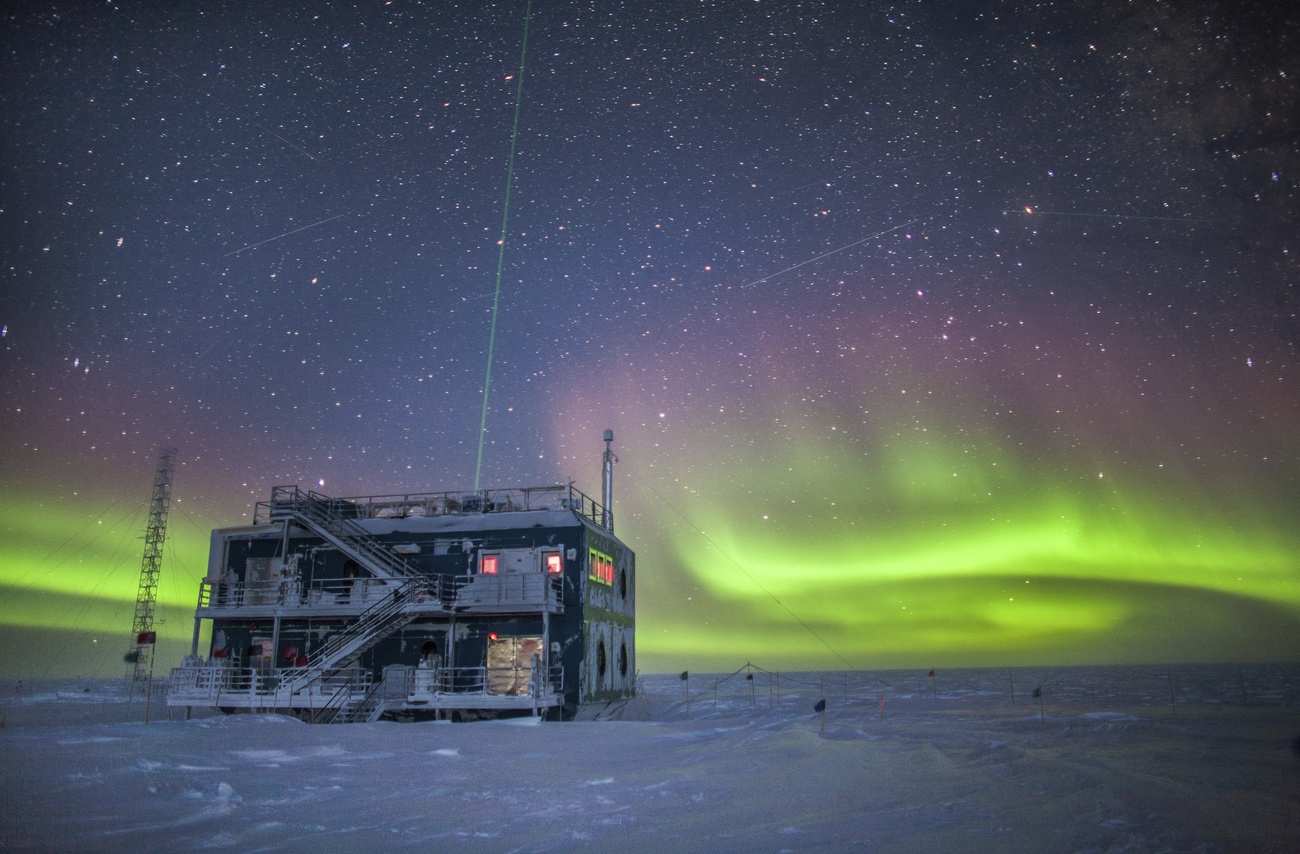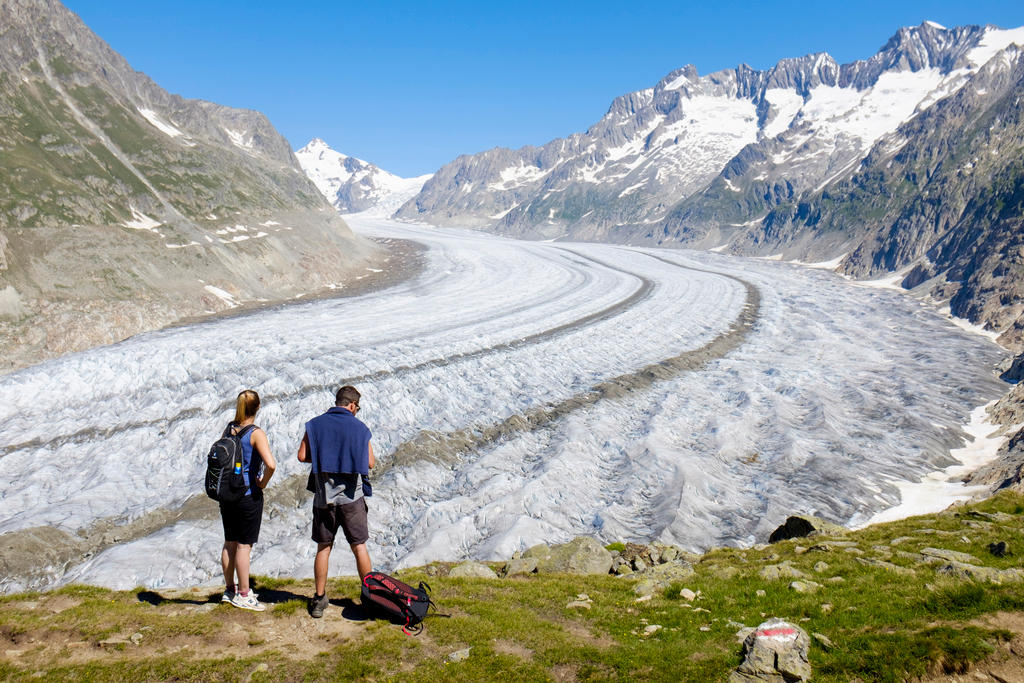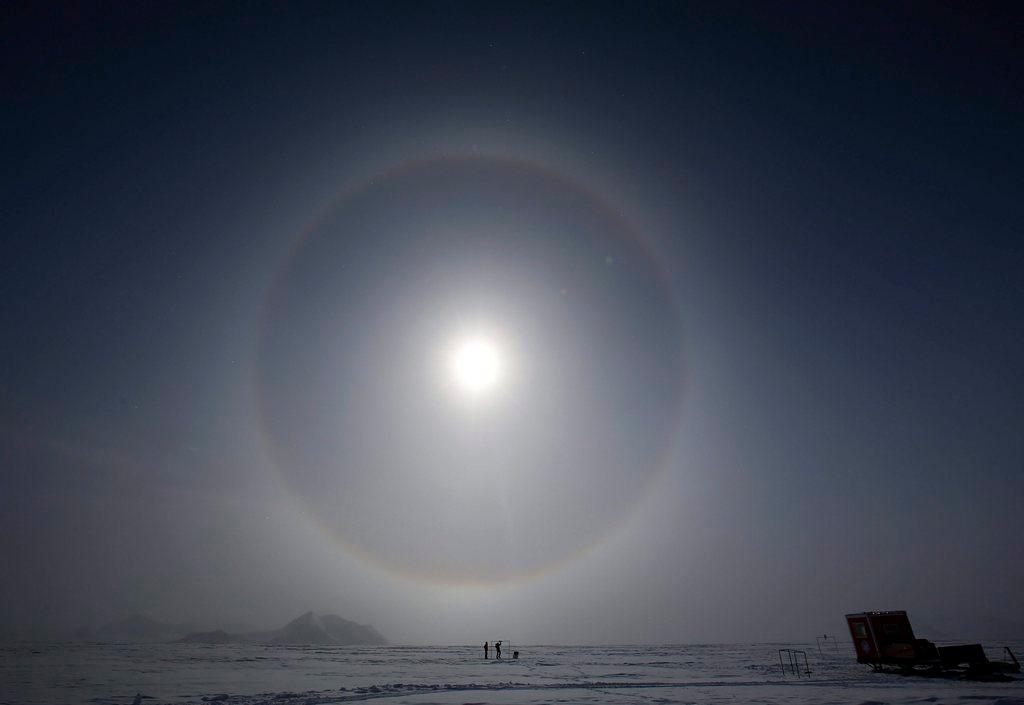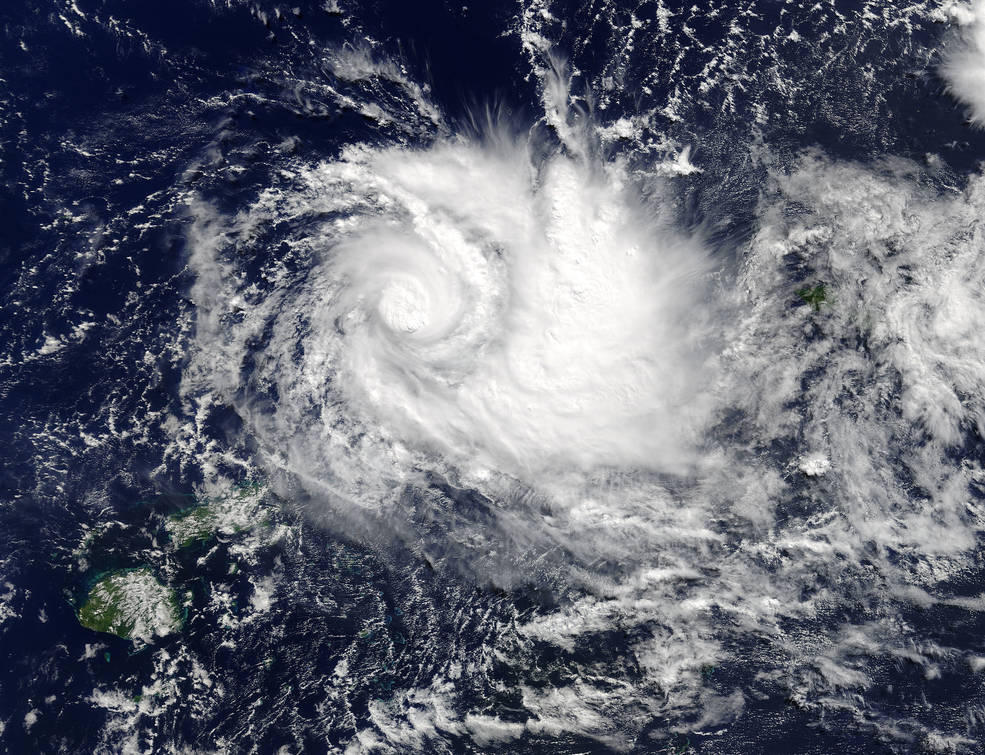Decline in ozone-harming CFCs resumes after scientists raise alarm

New international studies suggest that China has successfully cut production of ozone-harming chlorofluorocarbon (CFC) chemicals.
Two years ago, scientists observed a mysterious and sharp up-tick in the levels of trichlorofluoromethane (CFC-11) emissions between 2012 and 2017. CFCs have been widely used in refrigeration, insulating foams and as propellants in aerosol cans. Their role in destroying the ozone layer has been known since the 1980s. They were banned in 2010.
Atmospheric measurements pointed to the “suspected rogue production” of the chemicals in eastern China, the Swiss Federal Laboratory for Materials Testing and Research (Empa) reportedExternal link last week.
Stopping that production now seems to have set the ozone layer’s recovery process back on track, new research by an international consortium of 12 institutions, including Empa, shows. Their investigations were published in two papers in the journal Nature.
“The findings are very welcome news and hopefully mark an end to a disturbing period of apparent regulatory breaches,” said Luke Western from the University of Bristol, a co-lead author of one of the studies. “If the emissions had stayed at the significantly elevated levels we found, there could have been a delay, possibly of many years, in ozone layer recovery.”
Detective work
A global ban on CFCs was introduced by the 1987 Montreal Protocol – an environmental treaty signed by almost every country – ending the production of these ozone-depleting chemicals from 2010.
CFC-11 emissions should have steadily fallen. But in 2018 scientists found that emissions had risen in 2013, prompting alarm at the time that production of the banned substance had resumed in an apparent violation of the international treaty.
The first signs of a slower decline than predicted were spotted by an international atmospheric monitoring team. Their findings were confirmed the following year by an independent global measurement network, the Advanced Global Atmospheric Gases Experiment (AGAGE), suggesting new emissions. But where?
Using data from Korean and Japanese stations, it appeared around half of the increase in global measurements originated from parts of eastern China.
“We estimated that up to around 100,000 metric tonnes of CFC-11 have been newly incorporated into foams in China in the last seven years. This would correspond to a cargo train of 50 km length filled with the substance,” said Stefan Reimann from Empa, a co-author of the 2019 research and one of the two new studies published in Nature.
Further investigations by media and environmental campaigners exposed usage of CFC-11 in the manufacture of insulating foams in China.
China ‘took notice’
Empa said Chinese authorities “took notice”, and at meetings of the Montreal Protocol in 2018 and 2019 confirmed some banned ozone-depleting substances were identified but only in very small amounts.
“According to their reports, arrests, material seizures, and the demolition of production facilities ensued,” said Empa.
The scientific teams continued to closely monitor atmospheric levels, and the latest evidence, reported in Nature, on global CFC-11 emissions and eastern Chinese emissions, indicates that those efforts have resulted in dramatic emission declines.
Emissions dropped by thousands of tonnes per year between 2017 and 2019, said Empa. The scientists estimate that this recent decline is “comparable or even greater than the original increase”, it added.
“This new analysis shows the importance of independent validation of international environmental treaties. Without the measurements in this region of the world, it would not have been possible to pin down emissions in this specific region,” said Reimann.
Nonetheless, there are still large areas of the world for which very little information is available on emissions of ozone-depleting substances, due to the lack of coverage by AGAGE.

In compliance with the JTI standards
More: SWI swissinfo.ch certified by the Journalism Trust Initiative




You can find an overview of ongoing debates with our journalists here. Please join us!
If you want to start a conversation about a topic raised in this article or want to report factual errors, email us at english@swissinfo.ch.